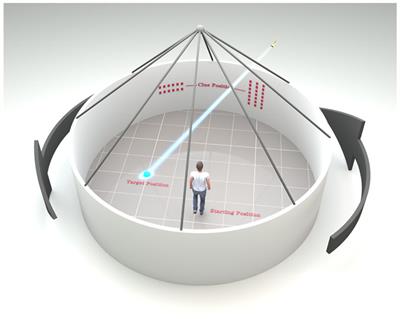Serum Levels of Neurotensin, Pannexin-1, and Sestrin-2 and the Correlations with Sleep Quality or/and Cognitive Function in the Patients with Chronic Insomnia Disorder

Objectives: To examine serum concentrations of neurotensin, pannexin-1 and sestrin-2, and their correlations with subjective and objective sleep quality and cognitive function in the patients with chronic insomnia disorder (CID).Methods: Sixty-five CID patients were enrolled continuously and fifty-six good sleepers in the same period were served as healthy controls (HCs). Serum levels of neurotensin, pannexin-1 and sestrin-2 were measured by enzyme-linked immunosorbent assays. Sleep quality was assessed with the Pittsburgh Sleep Quality Index (PSQI) and polysomnography, and mood was evaluated by 17-item Hamilton Depression Rating Scale. General cognitive function was assessed with the Chinese-Beijing Version of Montreal Cognitive Assessment and spatial memory was evaluated by Blue Velvet Arena Test (BVAT).Results: Relative to the HCs, the CID sufferers had higher levels of neurotensin (t=5.210, p<0.001) and pannexin-1 (Z=-4.169, p<0.001), and lower level of sestrin-2 (Z=-2.438, p=0.015). In terms of objective sleep measures, pannexin-1 was positively associated with total sleep time (r=0.562, p=0.002) and sleep efficiency (r=0.588, p=0.001), and negatively with wake time after sleep onset (r=-0.590, p=0.001) and wake time (r=-0.590, p=0.001); sestrin-2 was positively associated with percentage of rapid eye movement sleep (r=0.442, p=0.016) and negatively with non-rapid eye movement sleep stage 2 in the percentage (r=-0.394, p=0.034). Adjusted for sex, age and HAMD, pannexin-1 was still associated with the above objective sleep measures, but sestrin-2 was only negatively with wake time (r=-0.446, p=0.022). However, these biomarkers showed no significant correlations with subjective sleep quality (PSQI score). Serum concentrations of neurotensin and pannexin-1 were positively associated with the mean erroneous distance in the BVAT. Adjusted for sex, age and depression, neurotensin was negatively associated with MoCA score (r=-0.257, p=0.044), pannexin-1 was positively associated with the mean erroneous distance in the BVAT (r=0.270, p=0.033).The CID patients had increased neurotensin and pannexin-1 and decreased sestrin-2 in the serum levels, indicating neuron dysfunction, which could be related to poor sleep quality and cognitive dysfunction measured objectively..
Read the full article at the original website
References:
